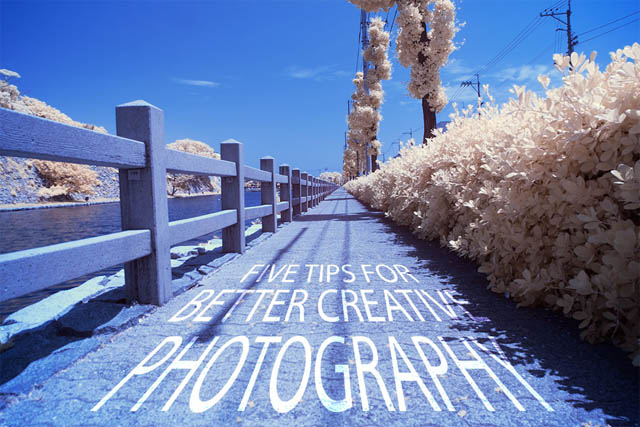Five tips for better creative photography
Modern cameras offer a lot of semi-intelligent automation that makes it fairly easy to get a photo where the technical aspects (such as exposure and focus) are correct. But what they can't do (at least not on purpose) is to take a creative photo - that relies on you. In this article we'll look at some tips to help get you taking more creative and compelling images, and improving your photography skills.
Take your time
One of the biggest influences on how well your photographs come out is how much time you spend photographing a subject. While it is possible to capture a quick snapshot that is actually a stunning photo, you significantly increase your chances of getting a great photo if you can spend a bit more time working the photo.
For a landscape photographer this might mean waiting out for the right combination of light and clouds. For a street photographer this might mean hanging around, waiting for the right people to move into the right places in a scene. For a studio photographer it might mean making lots of tweaks to the lighting until it is 'just right'.
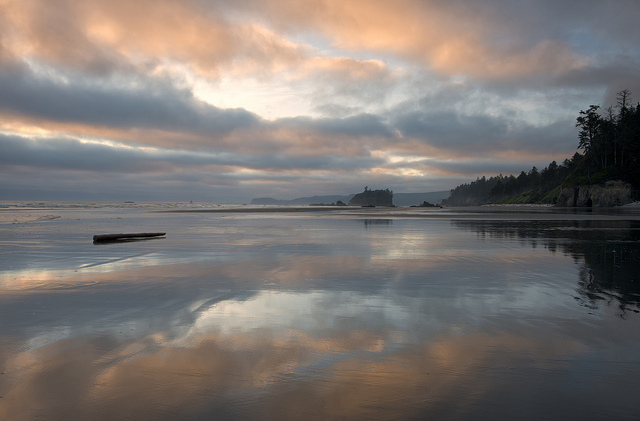
Ruby Beach, low tide by John Fowler on Flickr (licensed CC-BY)
If you go out to take photos with someone that doesn't share your interest in photography, this can often work against you. Unless they're very understanding, they are unlikely to want to stop for ten minutes (or more) while you take a photo. If you say you want to stop to take a photo, they'll think you mean a quick point and shoot snap that only takes a few seconds.
A better choice is to arrange for them to do something they enjoy while you do something you enjoy (taking photos at your own pace). Or alternatively, you might be able to get them interested in photography too. Then they'll understand that taking a good photo takes time, and probably be interested in taking the time to photograph whatever it is that you want to photograph too.
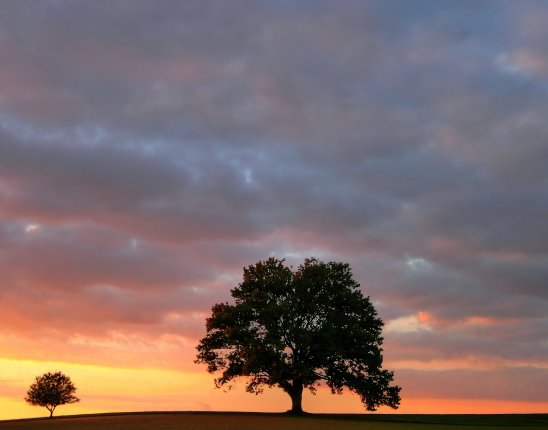
big and little trees at dusk by joiseyshowaa on Flickr (licensed CC-BY-SA)
Don't stick only to color
With our cameras designed primarily for color photography, it can be easy to 'forget' about black and white. But while black and white photos lack in color, they certainly do not lack in impact.
Scenes with high tonal contrast can often work better in black and white than they do in color. Black and white can give a timeless feel to portraits. And it can also work very well for architecture, the removal of color contrast often helps emphasize the strong lines of buildings.
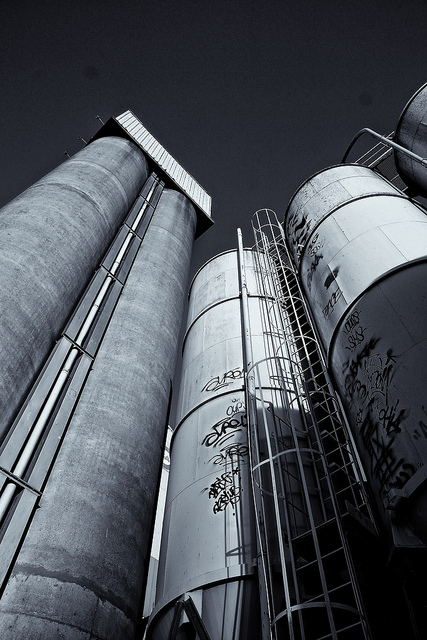
Vers le ciel by Napafloma-Photographe on Flickr (licensed CC-BY)
While you can capture images in color, then convert to black and white later, it's a good idea to set your camera to monochrome. This lets you easily see how the scene looks with all color removed. Two areas of different color may look like they contrast strongly to the eye, but in terms of tonality they may be virtually the same. Having the camera set to shoot in monochrome allows you to see the scene in terms of tonal contrasts rather than color contrasts.
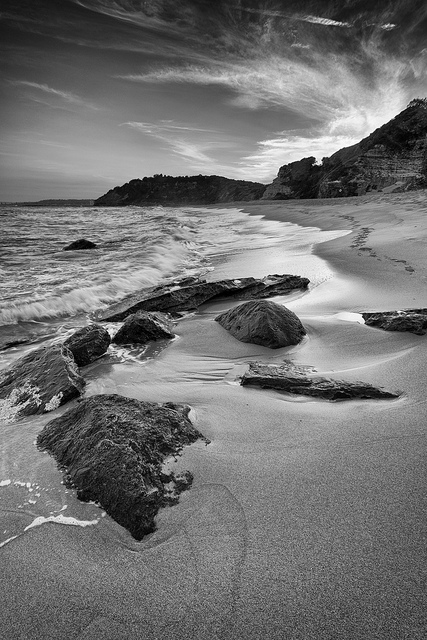
Stronger by Gemma Stiles on Flickr (licensed CC-BY)
Color filters can be quite useful when shooting in B&W. For example, a red filter darkens blues, helping to add contrast between a blue sky and white clouds. You can use physical color filters on your camera's lens. Or some cameras have options to add a color filter in the settings.
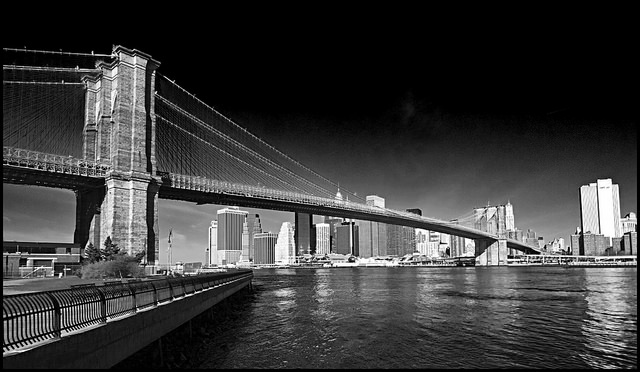
Brooklyn Bridge---Lower Manhattan---New York City, NY USA by jack wickes on Flickr (licensed CC-BY-ND)
If you shoot in RAW mode, then shooting with the camera set to monochrome allows you to see the image in black and white, but the full color information is actually recorded in the image. You can then adjust how the colors map to tonalities when processing the image, making some colors darker and others brighter. The results are similar to adding a color filter to the lens, but with much more control over the result.
Take your camera everywhere
Always having a camera with you means that you are (nearly) always ready to capture an interesting photo whenever you see one. This also means that you are likely to be using your camera much more, and the more you practice photography, the better you'll get.
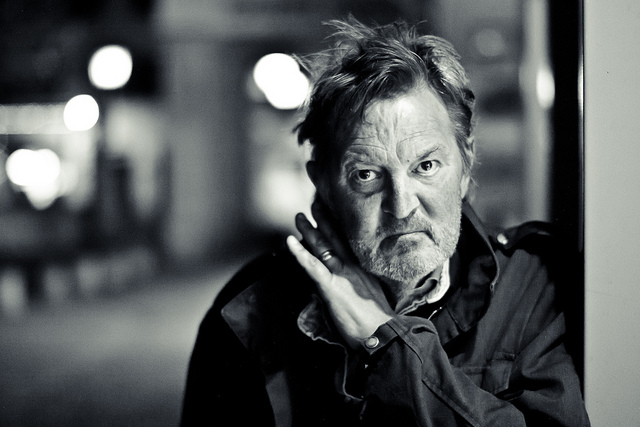
Meet Mike by Fred Mancosu on Flickr (licensed CC-BY-ND)
Now, I don't mean that you must always bring your DSLR and several lenses everywhere with you. But just a camera, of any sort. It might just be the camera built into your phone. Or it might be a small but capable compact camera. Any camera gives you a much greater chance of capturing a great image than no camera at all.
Taking a quick snapshot of a scene or place you find interesting can also be used as a reminder to go back there later. When you have more time, you can return with your 'proper' camera and take the time needed to get a great shot. Most phones add GPS location data to the images they take, so remembering where and at what time the photo was taken shouldn't be too difficult.
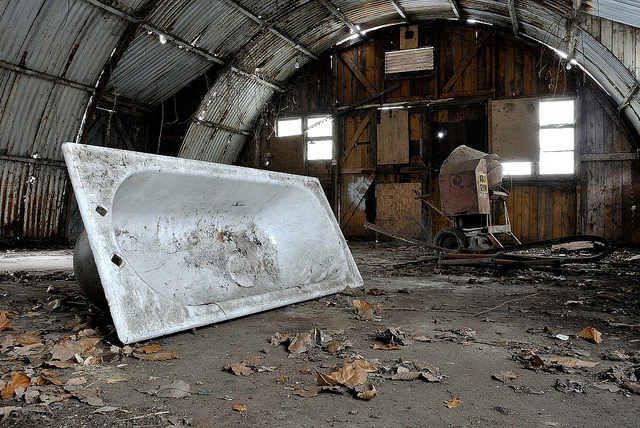
Wash Day by Andrew Stawarz on Flickr (licensed CC-BY-ND)
Don't be afraid to edit
While it is generally best to get as much right in-camera as possible, there's nothing wrong with editing your photos to enhance what you captured.
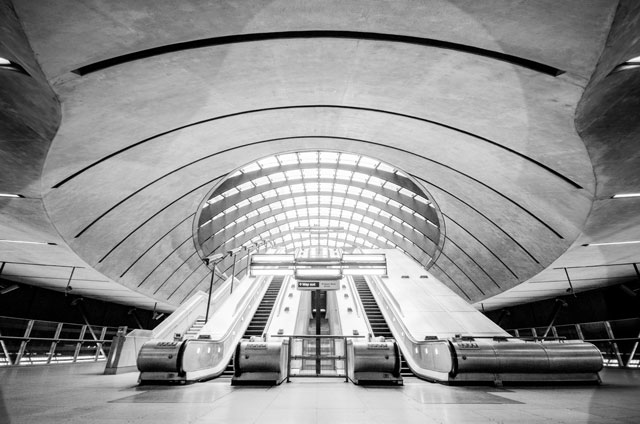
DSC_2293_20150714-HDR by Dom Crossley on Flickr (licensed CC-BY)
Some people seem to think that a photo is not a true photograph unless it is unedited, straight out of the camera. But a 'straight out of camera' photo is still edited - using the contrast, color, and exposure adjustments that are set in the camera.
Unless you are a photo journalist there is nothing to say that a photo should be a true representation of what you saw. The best photos are those that show / evoke the emotion you felt that compelled you to take the photograph. Just as depth of field, focus, shutter speed, framing, and composition are all tools that can help you do this, so is editing.
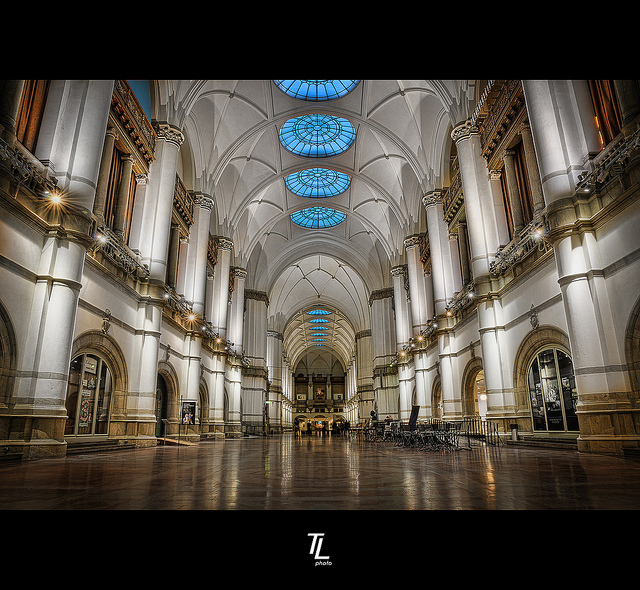
The Great Hall by Tobias Lindman on Flickr (licensed CC-BY)
I'm not suggesting you spend hours in Photoshop with every image you take. For the odd image you may want to spend a long time getting it to look its best. But for most images, just a few quick adjustments can often make a worthwhile improvement.
Find an unusual angle
The majority of people take their photos from eye level. However, by taking your photos from an unusual angle, such as down near the ground, or up high, you can take a photo of something ordinary and show it in a new way people probably haven't seen before.
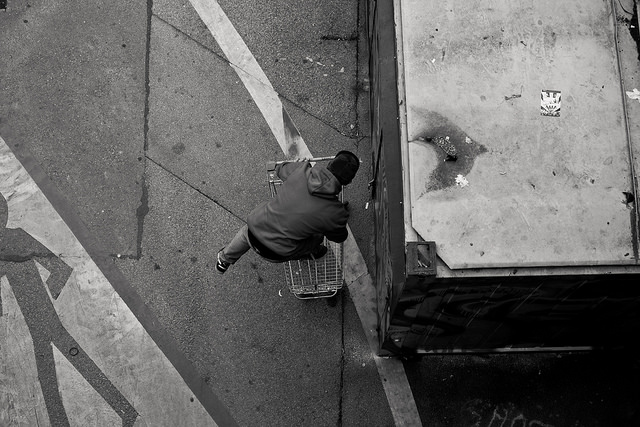
Sprayer after Work by martin on Flickr (licensed CC-BY-ND)
A camera with an articulated or flip-out screen can come in very handy for taking shots from low down or high up. Likewise, a camera that allows you to control it using an app on your phone can help you get photos from unusual angles.
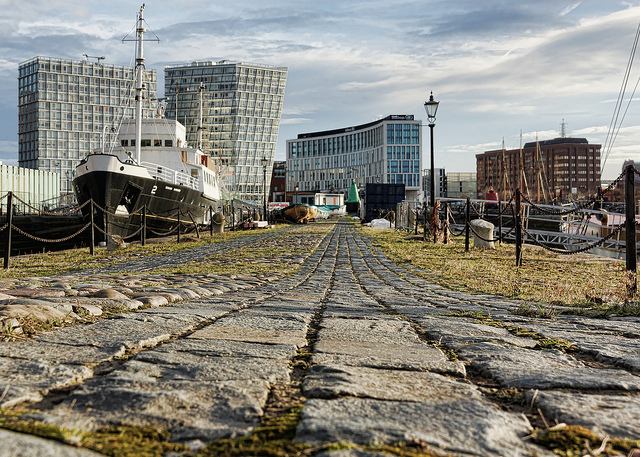
Mann Island by Beverley Goodwin on Flickr (licensed CC-BY)
Another way you can play with angles is by purposefully angling the camera when framing an image. You can't simply create an interesting image out of a boring one by angling the camera though. You need a subject matter that works well with the angle.
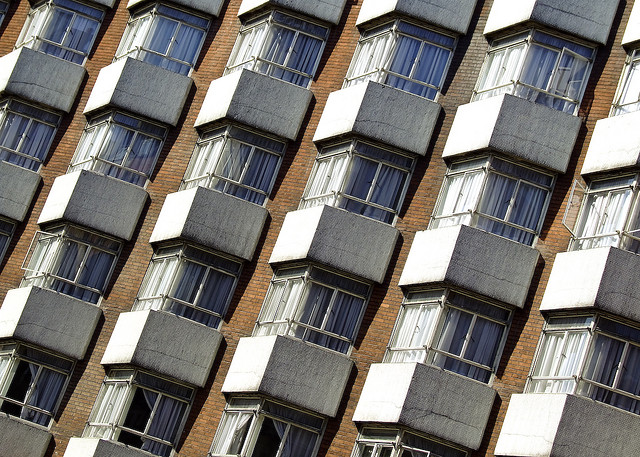
Untitled by Shaun Dunmall on Flickr (licensed CC-BY-SA)
Sometimes photos containing lots of lines can work well when angled to make the lines diagonal. Shots containing movement such as a race car or runner can sometimes work well when angled too - the angle helps give a greater sense of speed and movement to the image. This can even work to add a sense of movement to a static subject.
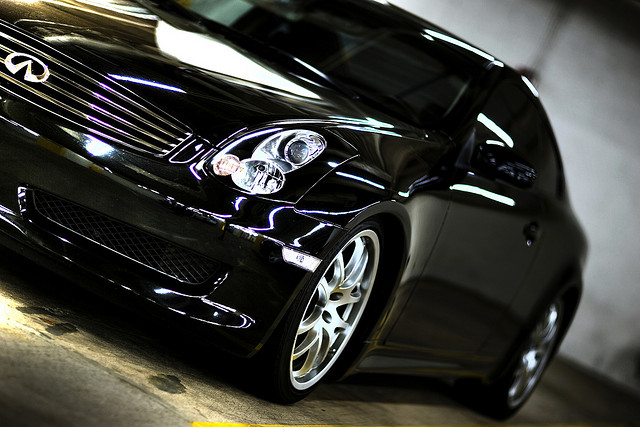
Tilted View. by S.Su on Flickr (licensed CC-BY)
I hope you found these tips useful. If you have any tips to share, feel free to leave a comment below.
